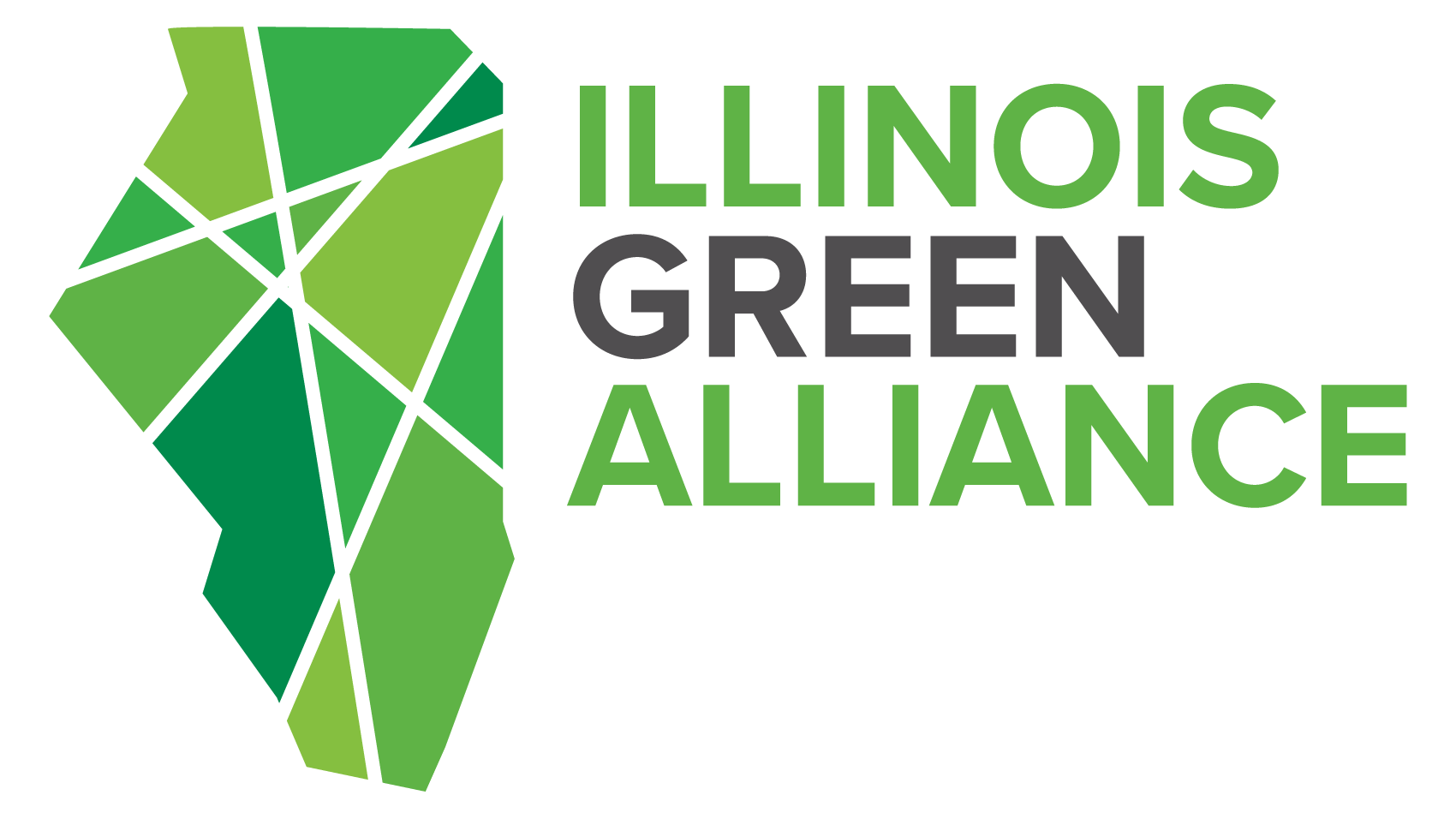Illinois Green Ribbon Schools
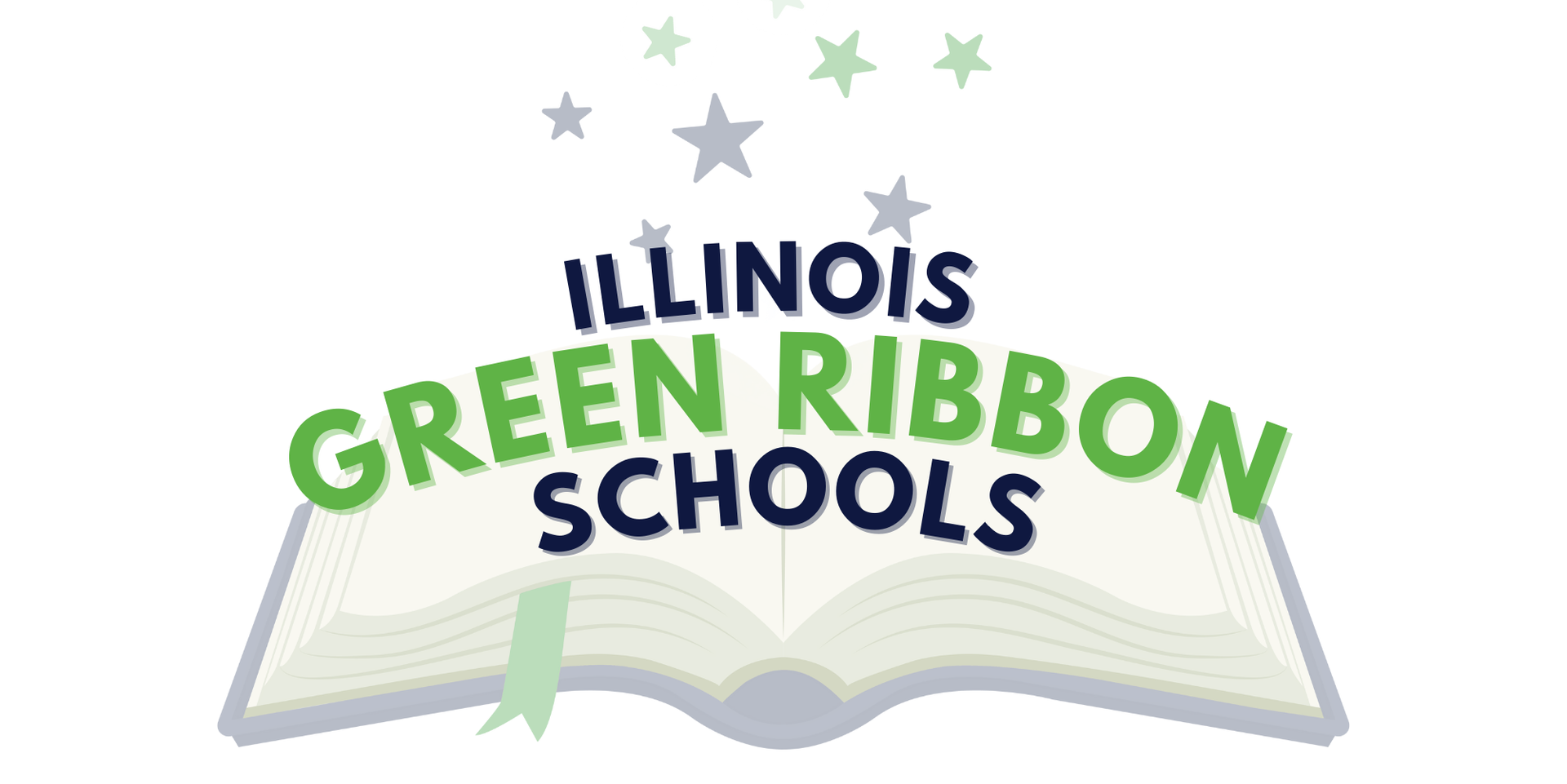
Earn state recognition for your school's sustainability work.
The Illinois Green Ribbon Schools Program recognizes schools, districts, and higher education institutions with active programs, actions, and dedication to sustainability.
Working in partnership, the Illinois State Board of Education, the Illinois Board of Higher Education, and Illinois Green Alliance administer this program for Illinois.
Want to share this program?
Click here to download our one page program on how the program works.
Every school in Illinois can start on the path
towards a greener, more sustainable future.
Illinois Green Ribbon Schools Honorees demonstrate progress across three pillars:
Reduce Environmental
Impact & Costs
Improve
Health & Wellness
Environmental &
Sustainability Education
Illinois Green Ribbon Schools serve as a model for integrating environmental sustainability into every aspect of our schools. Schools that are selected as an Honoree will receive:
- Recognition from the Illinois State Board of Education
- Recognition from the Illinois Board of Higher Education
- Recognition from Illinois Green Alliance
- Be celebrated in May at the IGA Green School Virtual Celebration
- Press releases
- And be gifted sponsored items and/or monetary donations
It is important to note that, to be selected for the state award, nominees must show progress in ALL the following areas, not merely some.
Reduced Environmental Impact and Costs
- Reduced or eliminated greenhouse gas emissions, using an energy audit or emissions inventory and reduction plan, cost-effective energy efficiency improvements, conservation measures, and/or on-site renewable energy and/or purchase of green power;
- Improved water quality, efficiency, and conservation;
- Reduced solid and hazardous waste production through increased recycling, reduced consumption, and improved management, reduction, or elimination of hazardous waste; and
- Expanded use of alternative transportation, through active promotion of locally-available, energy-efficient and renewable energy options and implementation of alternative transportation supportive projects and policies.
Improved Health and Wellness
- High standards of Whole School Whole Community, Whole Child health, including health, nutrition, and outdoor physical education; health, counseling, and psychological services for both students and staff; family community involvement; and
- An integrated school environmental health program that considers occupant health and safety in all design, construction, renovation, operations, and maintenance of facilities and grounds.
Effective Environmental and Sustainability Education
- Interdisciplinary learning about the key relationships between dynamic environmental, energy, and human systems;
- Use of the environment and sustainability to develop STEM content knowledge and thinking skills to prepare graduates for the 21st century technology-driven economy; and
- Development of civic engagement knowledge and skills and students’ application of such knowledge and skills to address sustainability and environmental issues in their community.
2025/26 Illinois Green Ribbon Schools applications are officially open!
Applications for consideration are due
December 19, 2025.
Congrats to Illinois' Honorees of 2025
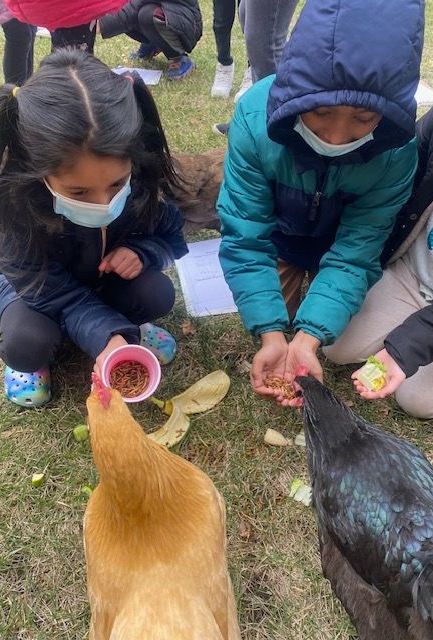
Palmer Elementary School
Palmer, in Chicago’s North Mayfair community, serves over 750 diverse students who speak more than 20 languages. Since 2020, the school has advanced sustainability efforts, beginning with a LEED silver-certified annex and expanding to include a chicken coop, two outdoor gardens, three outdoor classrooms, and on-site composting. Native landscaping eliminates the need for extra watering, while indoor hydroponic and greenhouse gardens extend learning year-round. Partnerships with organizations like the Chicago Department of Transportation, Pilot Light, Seven Generations, and the Water Reclamation District provide students with education in sustainable food, waste reduction, safe travel, and green careers. The Waste Warriors Project has enabled the school to compost or recycle nearly all cafeteria waste. Students regularly engage in outdoor learning through programs like the Walking Classroom and field trips to nearby Gompers Park for water testing and nature exploration. These initiatives integrate sustainability into daily life, fostering environmental responsibility and hands-on science experiences. Collectively, Palmer’s programs empower students to be future change agents for environmental stewardship.
Check out their application here.
The Avery Coonley School
The Avery Coonley School serves 332 academically gifted students from Pre-K to 8th grade and is deeply committed to environmental stewardship, wellness, and sustainability education. Student-led initiatives like the STEAM Club and Hydro Bloom Society have earned national awards for their AI-powered vertical hydroponic gardens, which supply fresh produce for the school’s smoothie program. Experiential learning is a priority, with 8th graders conducting climate change research in the Maple Grove Forest Preserve through a special permit, supported by partnerships with the forest preserve and the Morton Arboretum. ACS also hosted the “Green Frontiers: Sustainable Ideas” TEDx event, featuring climate scientists and reaching millions worldwide, and even spotlighted a 4-year-old TEDx speaker from its Pre-K program. These efforts reflect a culture of leadership and innovation in environmental problem-solving. The school’s wellness focus has been recognized with multiple Physical Education Blue Ribbon Awards. Achieving Green Ribbon School status reinforces ACS’s goal of integrating sustainability into all aspects of school life. Through hands-on projects, community partnerships, and global outreach, ACS is shaping environmentally conscious leaders prepared to make a lasting impact. Check out their application here.

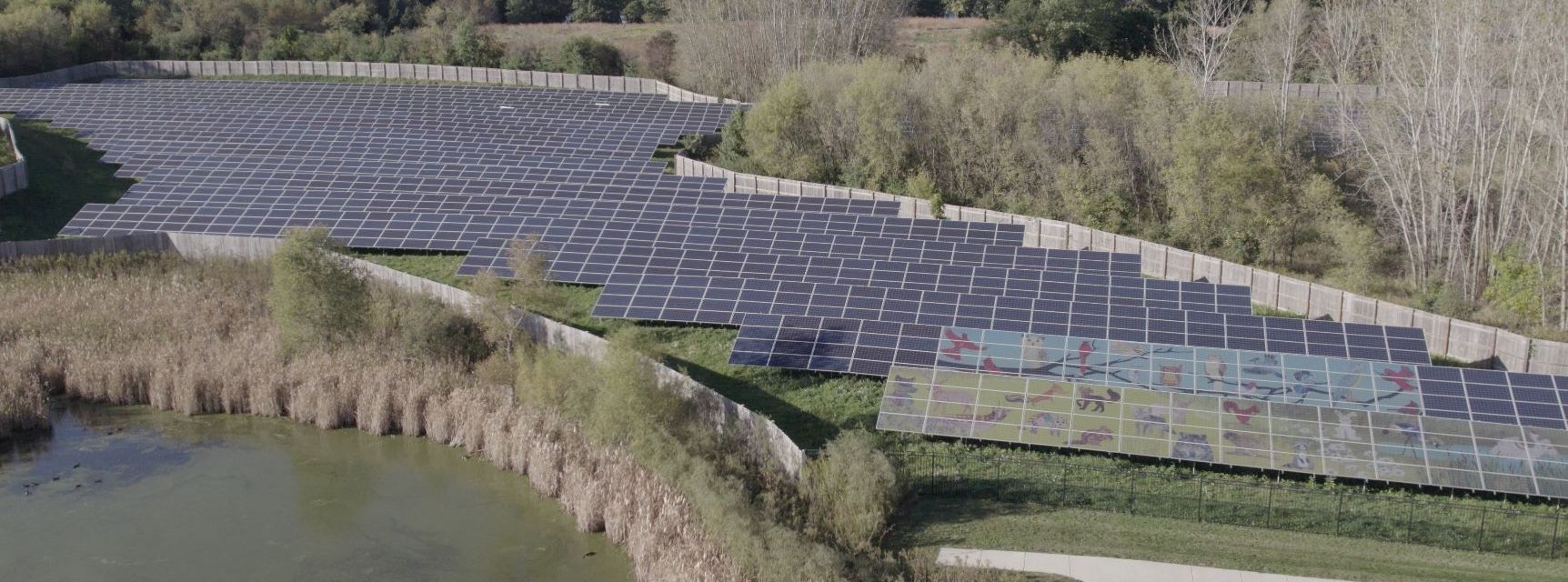
Kildeer Countryside School District 96
Kildeer Countryside School District 96 (KCSD96) in Lake County, Illinois, has made sustainability, health, and wellness central to its identity and operations. Surrounded by wetlands and natural landscapes, the district reflects its environmental commitment through its branding, school names, and renewable energy initiatives. A major highlight is its solar program, with panels energized in 2020 that meet up to 85% of energy needs at some campuses and provide 25–30% of the district’s total energy use. These efforts required years of collaboration and now serve as a hands-on educational resource, integrating solar data into STEM and arts curricula. Energy efficiency upgrades, water conservation measures, and eco-friendly landscaping further reduce the district’s environmental impact. KCSD96 also prioritizes wellness with daily physical education, outdoor play, nutrition programs, and staff wellness initiatives. Sustainability is woven into all grade levels through outdoor classrooms, STEM projects, and the new Collaboratory space for hands-on learning. Through these comprehensive efforts, KCSD96 not only reduces its carbon footprint but also prepares students to be environmentally conscious leaders for the future. Check out their application here.
Past Honorees of Illinois
Frequently Asked Questions
Who is eligable to apply?
All schools in Illinois are eligible to apply, including Pre-K-12 schools, districts, and higher education institutions. Applications will be judged based on the school's combined progress shown in all three of the Green Ribbon Schools pillars.
What is the application timeline?
Applications for the Illinois Green Ribbon Program open in the fall and are due in late December. Illinois Green will then work with a host of local judges in the school and sustainability industry to help judge applications. Once scores are in, Illinois Green and partners will announce the state awardees in the spring.
Download the application forms at the top of the page to start preparing!
How can my school apply?
Applications in Illinois are submitted by emailing the completed application form to Illinois Green Alliance at mwright@illinoisgreenalliance.org before the December deadline.
Who should fill out the application?
The application touches on every aspect of a school - from student curriculum to the building's HVAC systems to community involvement. We recommend there be a leader in charge of connecting with all necessary staff and admin to help fill out the diverse array of questions throughout the application.
How long does the application take to complete?
Applications should encompass at least one year of sustainability efforts at your school. The application itself is 18 pages long and includes paragraph written responses. Completion will take multiple hours.
What is the page limit for the application?
The application can not exceed more than 18 pages.
Have a question about the IL Green Ribbon Program?
Contact our Education & Engagement Manager, Miranda Wright, today!

Is your school interested in sustainability but not ready for Green Ribbon just yet?
Sign up for the Illinois Green Schools Project to get started on the pathway to school sustainability!
